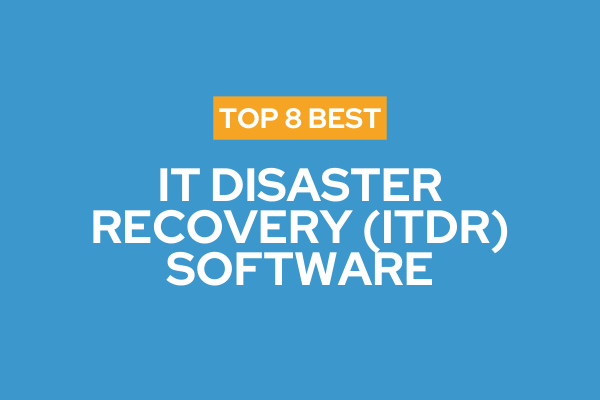
Top 8 IT Disaster Recovery (ITDR) Software
Explore the top 8 ITDR software solutions that automate recovery, minimise downtime, improve compliance, and enhance business resilience.
Published on October 24, 2025
Last updated on November 27, 2025
Unexpected IT failures, cyber incidents, or large-scale disruptions can halt critical systems in seconds. For organisations operating across multiple sites or under strict regulatory scrutiny, downtime is not merely inconvenient — it’s a business risk with potential operational, reputational, and financial consequences.
IT Disaster Recovery (ITDR) software enables organisations to restore critical data, systems, and services swiftly after a failure. It provides the tools to automate recovery processes, test recovery plans, and maintain compliance with internal and external requirements.
In this article, we explore what ITDR software is, its core capabilities, and the top enterprise-grade solutions that help organisations achieve continuous availability and resilience.
IT Disaster Recovery (ITDR) software helps organisations prepare for, respond to, and recover from IT disruptions. It automates the backup and recovery of data, applications, and infrastructure to minimise downtime and data loss following incidents such as hardware failure, cyberattacks, or natural disasters.
By centralising disaster recovery processes, ITDR software ensures continuity of critical business operations. These platforms typically support recovery orchestration, failover testing, and integration with cloud environments to enable seamless recovery of hybrid and multi-cloud systems.
Choosing the right ITDR platform means balancing speed, automation, and scalability. Here are the essential features to prioritise:
A core function that automates recovery workflows across servers, networks, and applications. Orchestration ensures that every step of recovery follows a predefined plan, reducing manual errors and time to restore.
CDP provides near real-time replication of data, ensuring minimal data loss (low RPO) and faster recovery (low RTO). This is particularly beneficial for mission-critical workloads.
Automated failover ensures workloads are quickly redirected to standby systems during an outage. Failback functionality then restores operations to the primary environment once it’s stable.
Modern ITDR software should integrate with both on-premise and cloud infrastructures to support hybrid recovery strategies and improve flexibility.
Regular testing validates that recovery plans work under real conditions. Automated testing allows organisations to test frequently without disrupting production.
Detailed audit trails, recovery metrics, and compliance reporting are key for regulated industries, demonstrating due diligence and control to auditors and stakeholders.
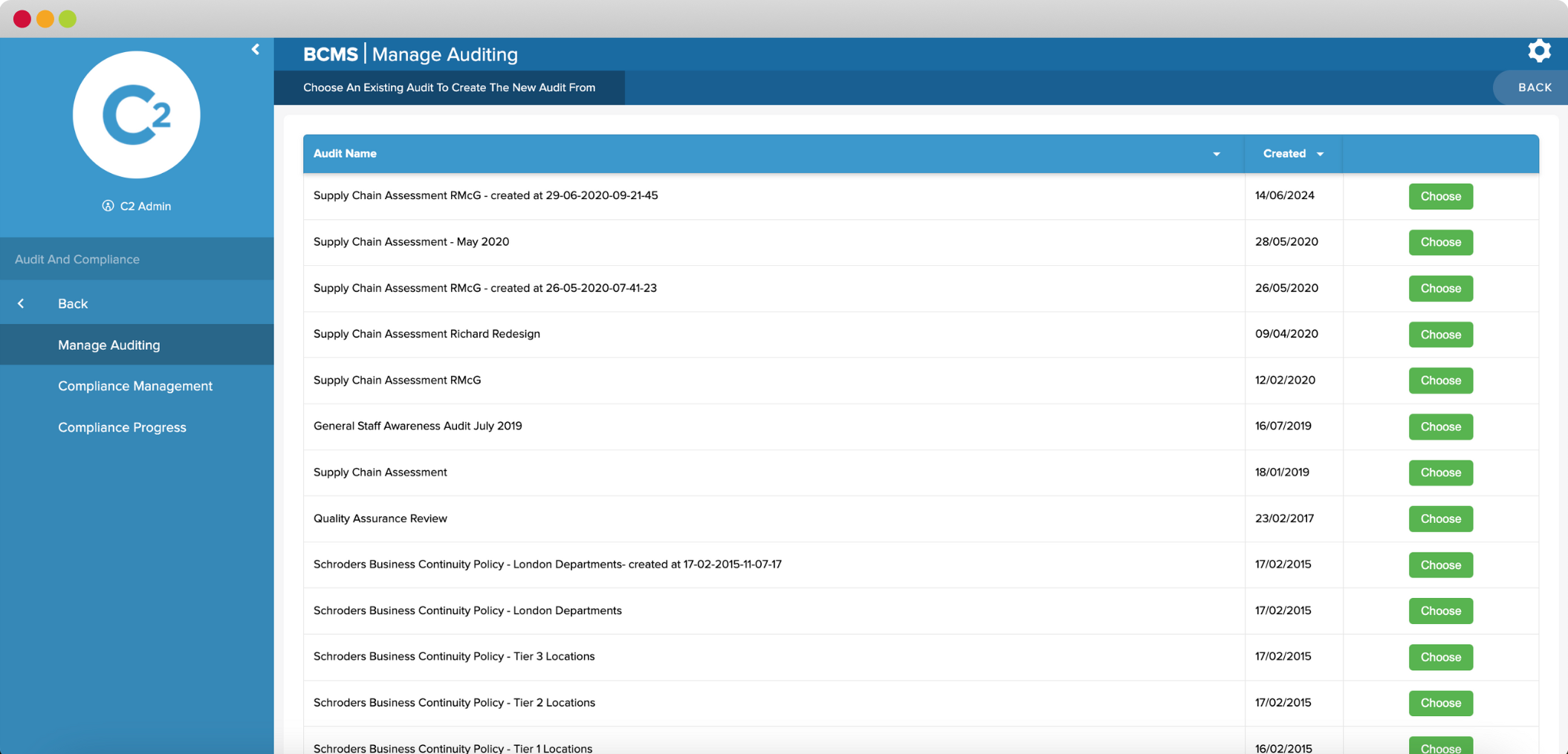
Continuity2’s Meridian BCMS is an industry-leading platform for managing business continuity and disaster recovery within a single, unified system. It allows enterprises to map IT dependencies, automate recovery workflows, and align ITDR strategies with broader operational resilience frameworks.
Key Features:
Best for: Large, regulated enterprises seeking end-to-end visibility across business continuity, ITDR, and operational resilience.
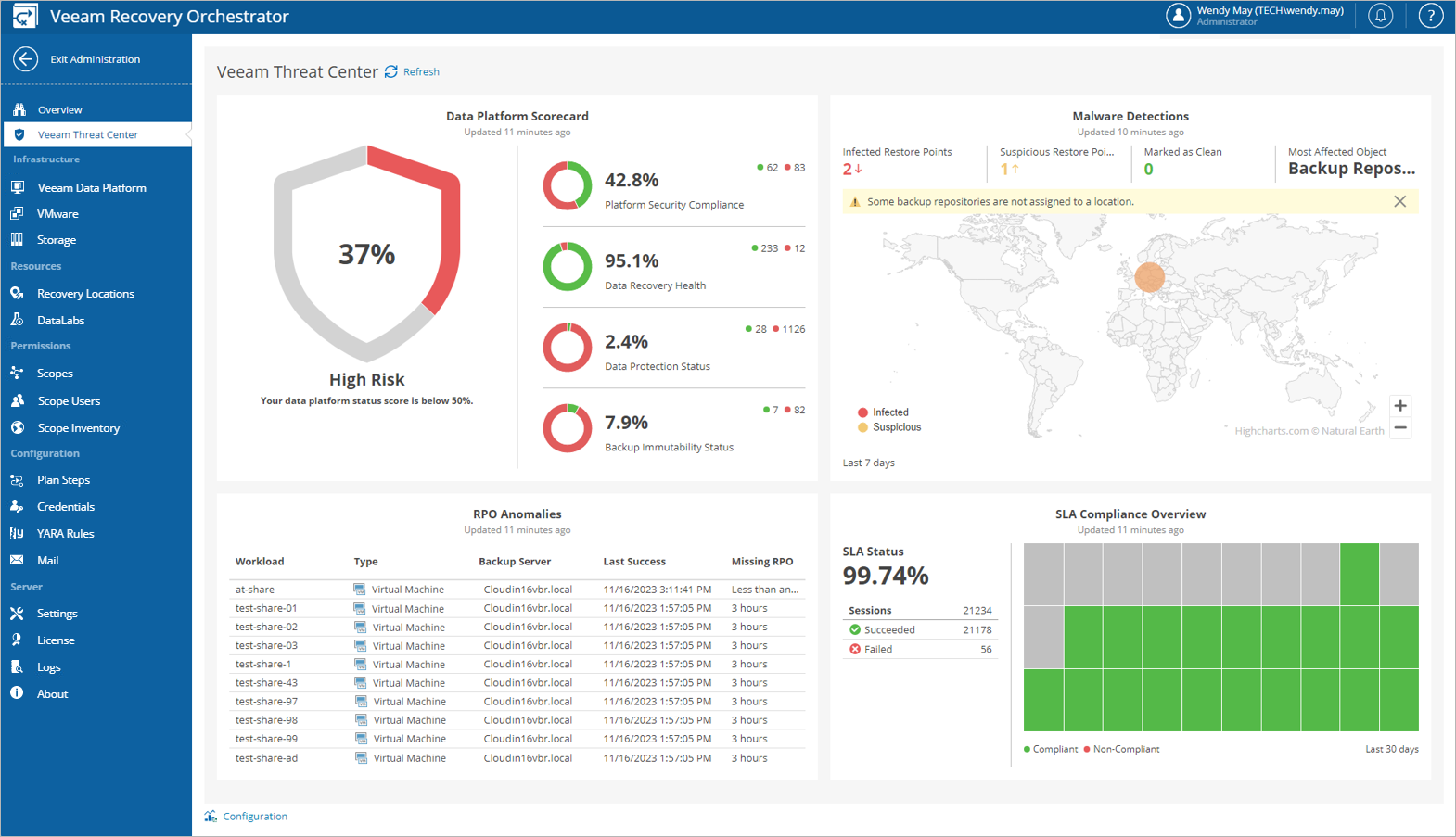
Veeam offers comprehensive backup, replication, and recovery for virtual, physical, and cloud environments. It is known for its flexibility and automation in restoring critical workloads rapidly.
Key Features:
Best for: Enterprises needing fast recovery for virtualised and cloud workloads.
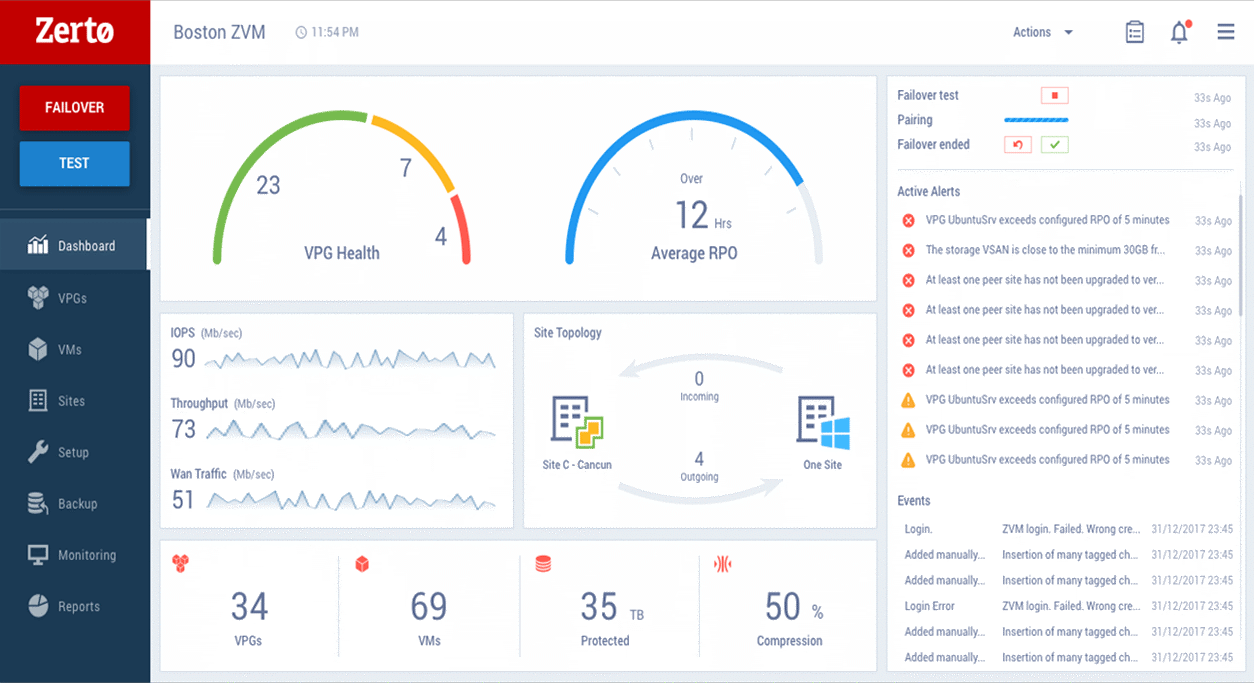
Zerto focuses on continuous data protection and hybrid-cloud disaster recovery, ensuring minimal downtime for critical applications.
Key Features:
Best for: Enterprises prioritising near-zero recovery times and hybrid IT continuity.
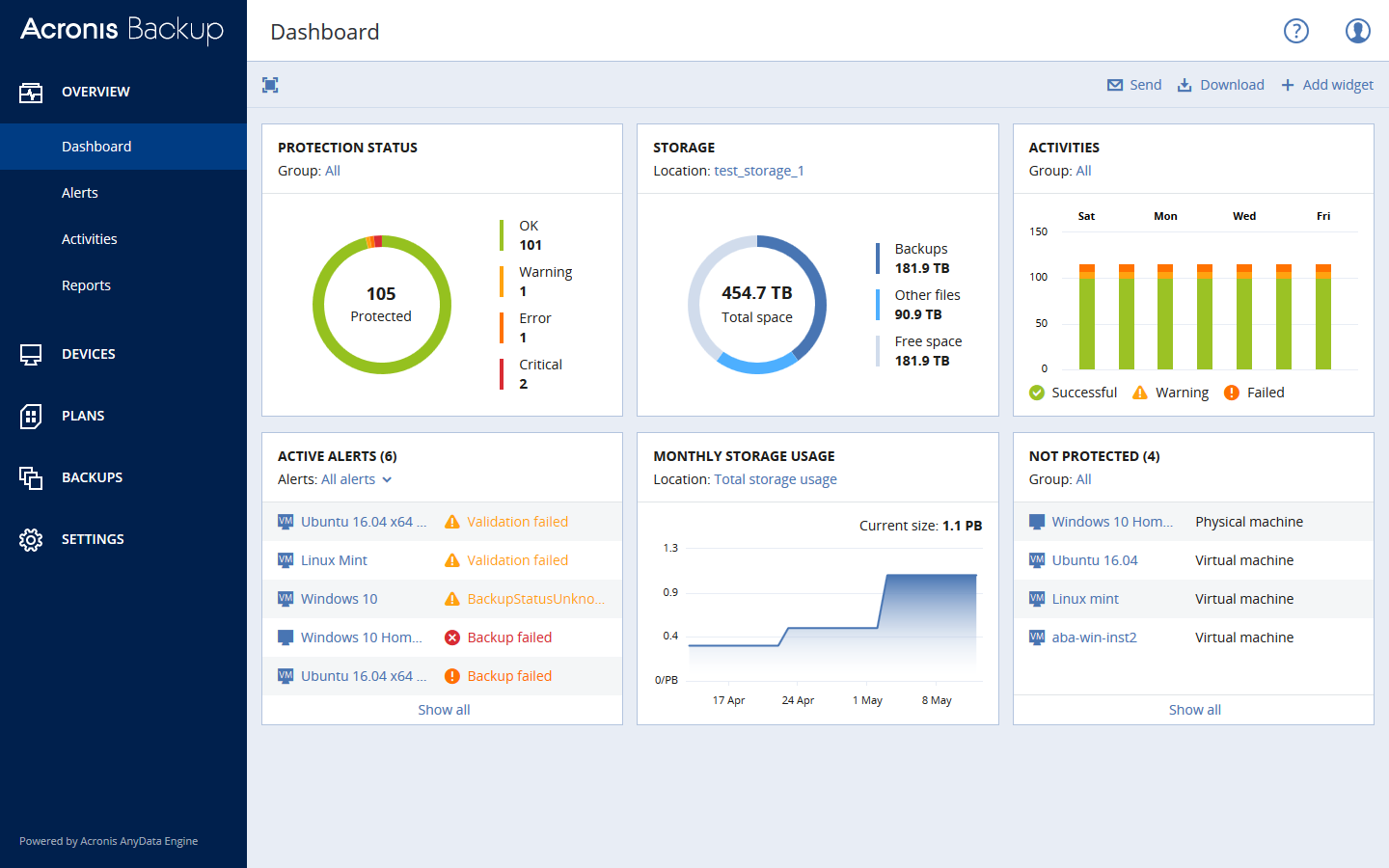
Acronis provides integrated backup and disaster recovery with a strong focus on cybersecurity, combining data protection with threat detection and mitigation.
Key Features:
Best for: Organisations seeking unified cyber resilience and recovery capabilities.
Arcserve delivers scalable backup and recovery for hybrid and multi-cloud environments, offering flexible deployment options for complex infrastructures.
Key Features:
Best for: Enterprises needing flexible deployment and efficient storage management.
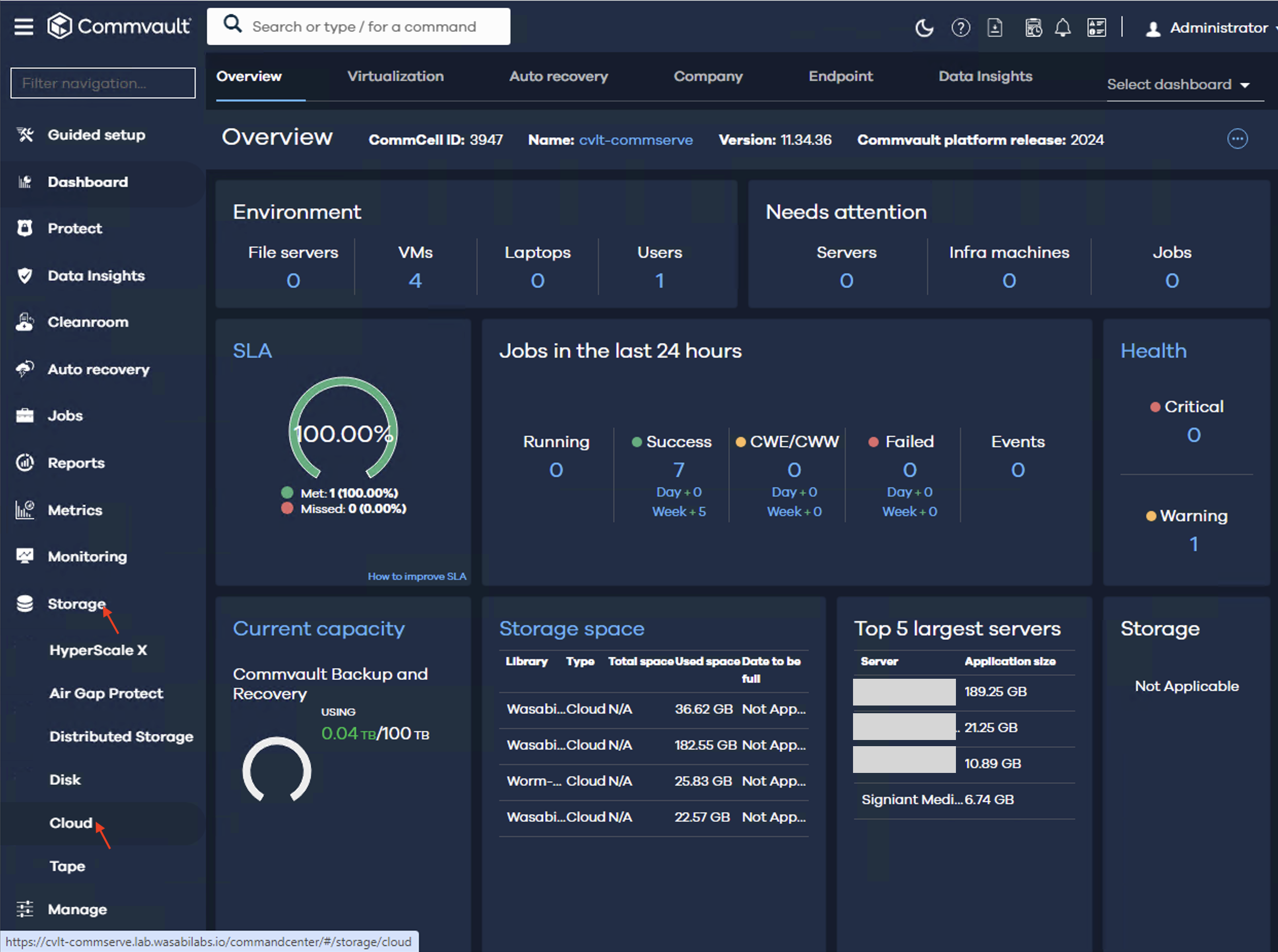
Commvault provides enterprise-level data protection and recovery, designed for organisations managing vast data estates across multiple environments.
Key Features:
Best for: Global enterprises managing complex data ecosystems.
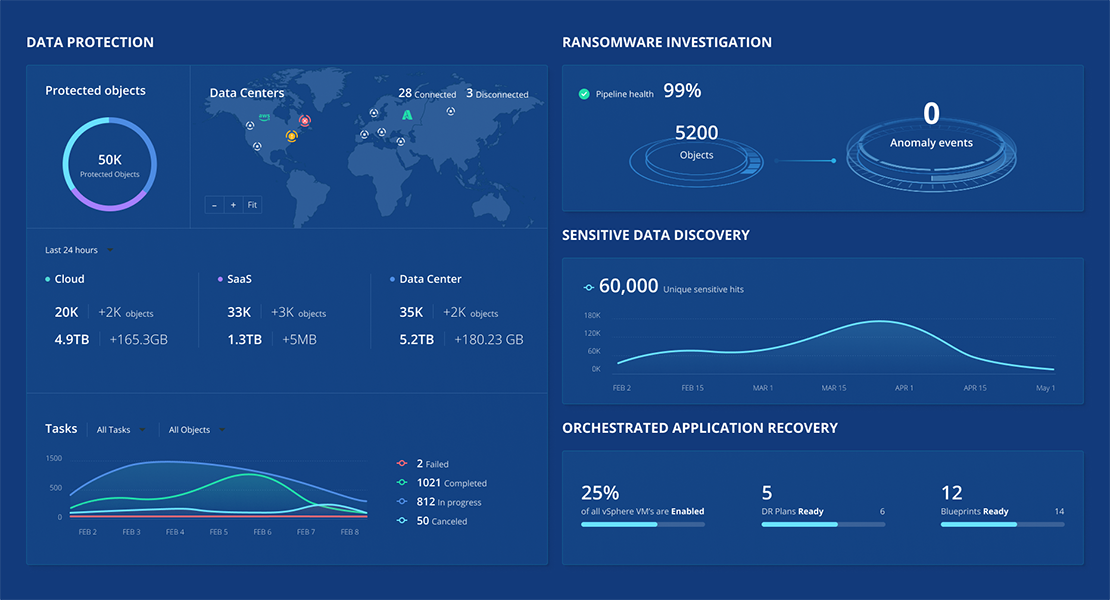
Rubrik’s platform provides automated backup, instant recovery, and ransomware protection, enabling simplified management of large-scale recovery operations.
Key Features:
Best for: Enterprises prioritising security and automated large-scale recovery.
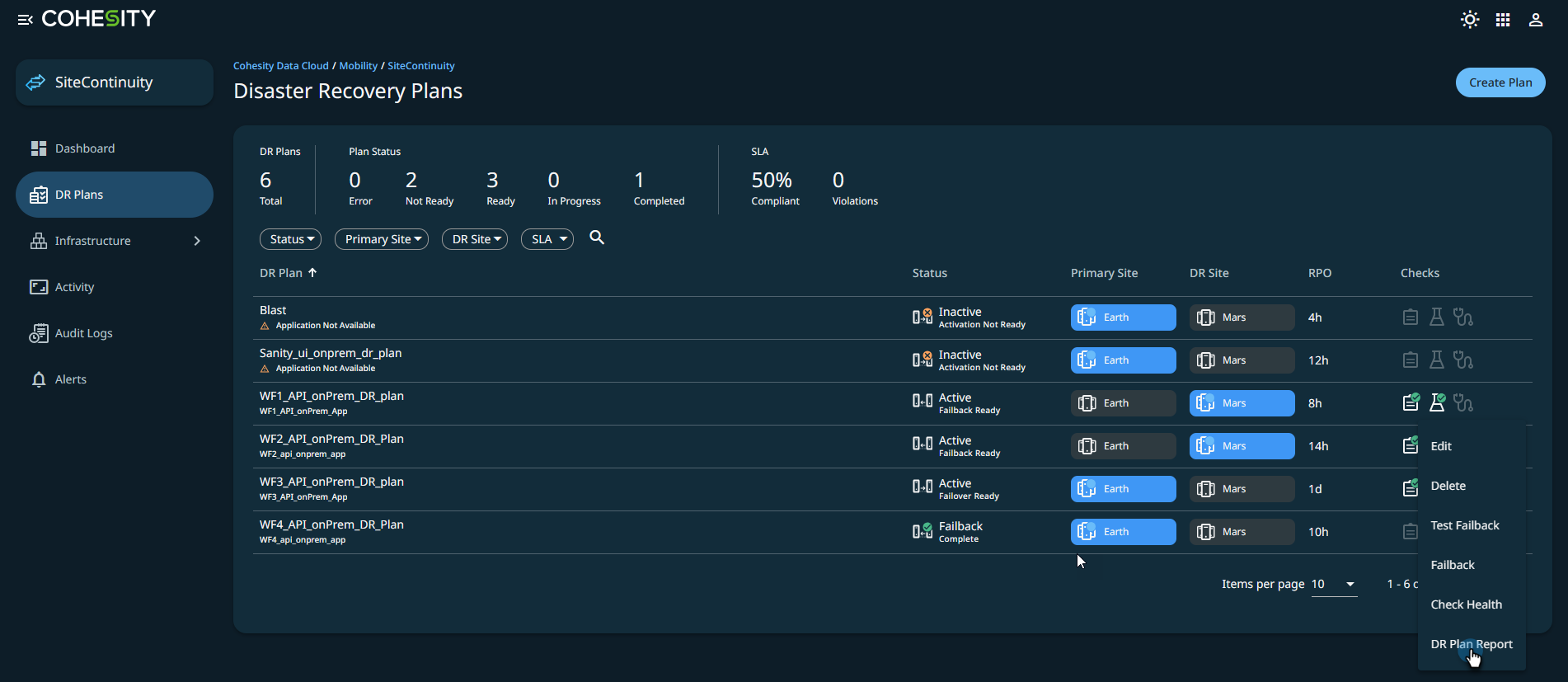
Cohesity unifies backup, disaster recovery, and data management under one platform, offering simplicity and scalability through automation.
Key Features:
Best for: Enterprises seeking an integrated and scalable ITDR platform.
ITDR software enhances business resilience by automating recovery processes, reducing errors, improving compliance, and delivering cost-efficient, real-time visibility into system continuity.
Automated recovery workflows and real-time replication reduce downtime, ensuring systems and data remain available during and after an incident.
By automating recovery plans, ITDR software eliminates manual steps prone to mistakes, improving reliability and response time.
Automated reporting provides traceable evidence of recovery testing, helping organisations maintain compliance with ISO 22301, FCA, or similar regulatory frameworks.
Cloud-based recovery options and deduplication minimise hardware and storage costs while maintaining high performance and availability.
Dashboards and analytics provide a consolidated view of recovery readiness, RTO/RPO metrics, and system health across multiple environments.
As cyber threats and operational disruptions grow in frequency and complexity, IT Disaster Recovery (ITDR) software plays a defining role in maintaining business continuity. For enterprise leaders, integrating ITDR into a broader resilience strategy ensures not only recovery capability but also long-term adaptability.
Continuity2’s Meridian BCMS offers a comprehensive framework that unifies IT disaster recovery, business continuity, and resilience governance—empowering organisations to manage and recover from disruptions effectively.
Book a Demo with Continuity2 to see how your organisation can strengthen, automate, and scale its IT disaster recovery and resilience programmes.
Founder & CEO at Continuity2
With over 30 years of experience as a Business Continuity and Resilience Practitioner, Richard knows the discipline like the back of his hand, and even helped standardise BS25999 and ISO 22301. Richard also specialises in the lean implementation of Business Continuity, IT Service Continuity and Security Management Systems for over 70 organisations worldwide.


Founder & CEO at Continuity2
With over 30 years of experience as a Business Continuity and Resilience Practitioner, Richard knows the discipline like the back of his hand, and even helped standardise BS25999 and ISO 22301. Richard also specialises in the lean implementation of Business Continuity, IT Service Continuity and Security Management Systems for over 70 organisations worldwide.

Explore the top 8 ITDR software solutions that automate recovery, minimise downtime, improve compliance, and enhance business resilience.
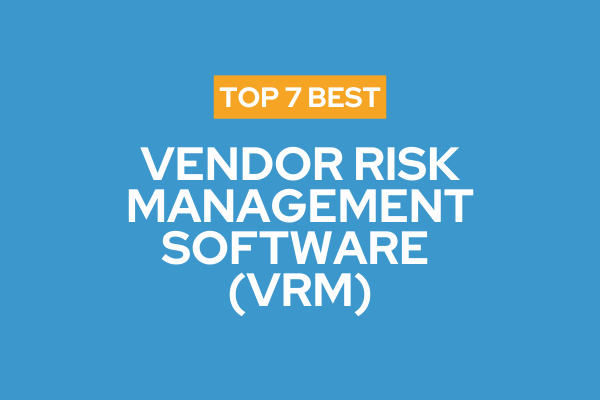
Explore the best VRM software to streamline due diligence, monitor vendors in real time, and support compliance, reporting, and business continuity.
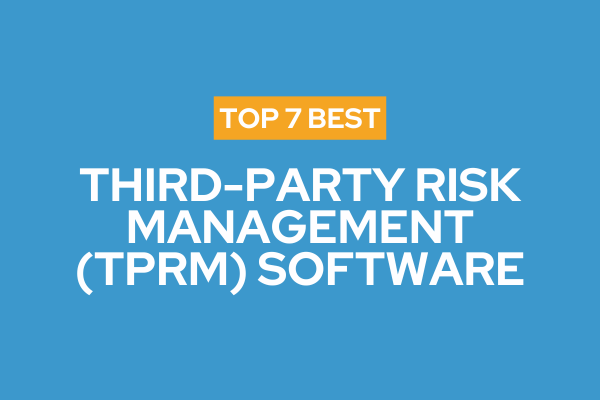
Explore the best third-party risk management software to automate vendor assessments, track compliance, and reduce exposure across your supply base.
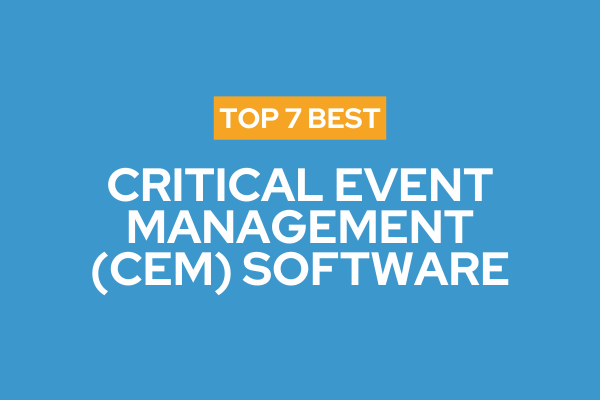
Compare the top 7 CEM software platforms for 2025—tools that detect threats, automate alerts, coordinate response, and keep people and operations safe.
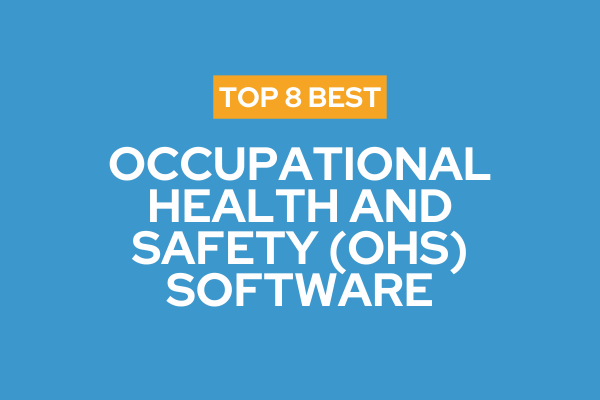
Explore the top 8 Occupational Health and Safety (OHS) software platforms that streamline compliance, reduce risk, and build safer, more resilient workplaces.
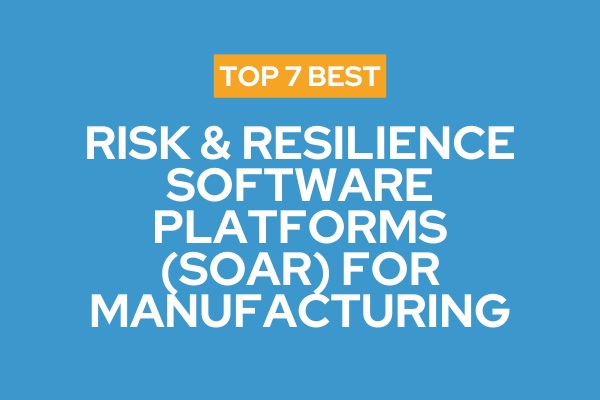
Discover top risk and resilience software for manufacturing in 2025—SOAR automation, visibility, and compliance to protect uptime and supply chains.
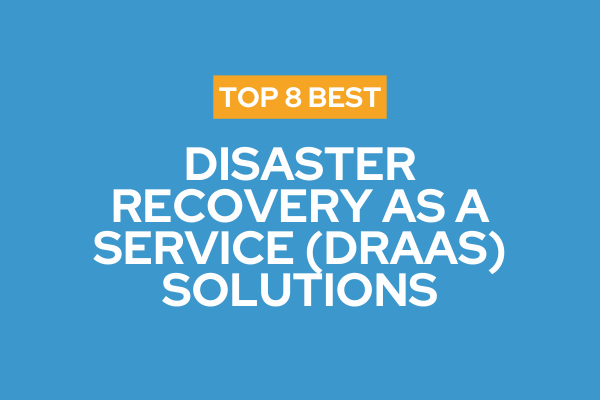
Discover the top 8 Disaster Recovery as a Service (DRaaS) solutions—features, benefits and use cases to cut downtime, minimise data loss and meet compliance.
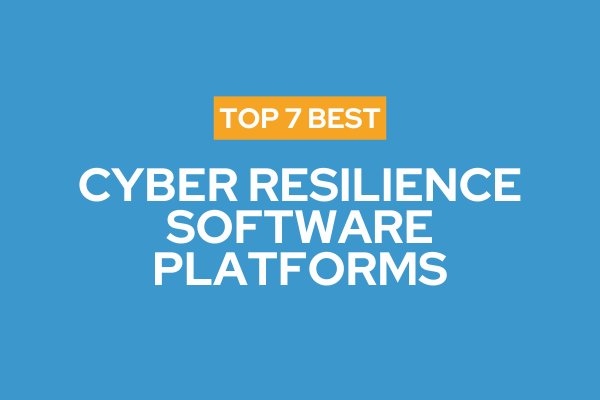
Compare the top 7 cyber resilience platforms that unite prevention, detection and recovery to cut downtime, protect data and keep operations running.
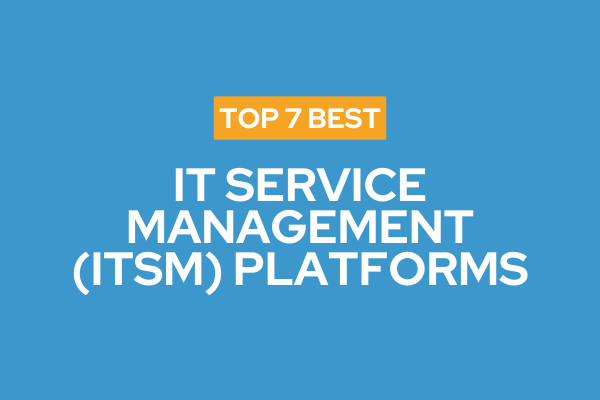
Explore the top 7 IT Service Management (ITSM) platforms that streamline IT operations, boost efficiency, ensure compliance, and drive business resilience.